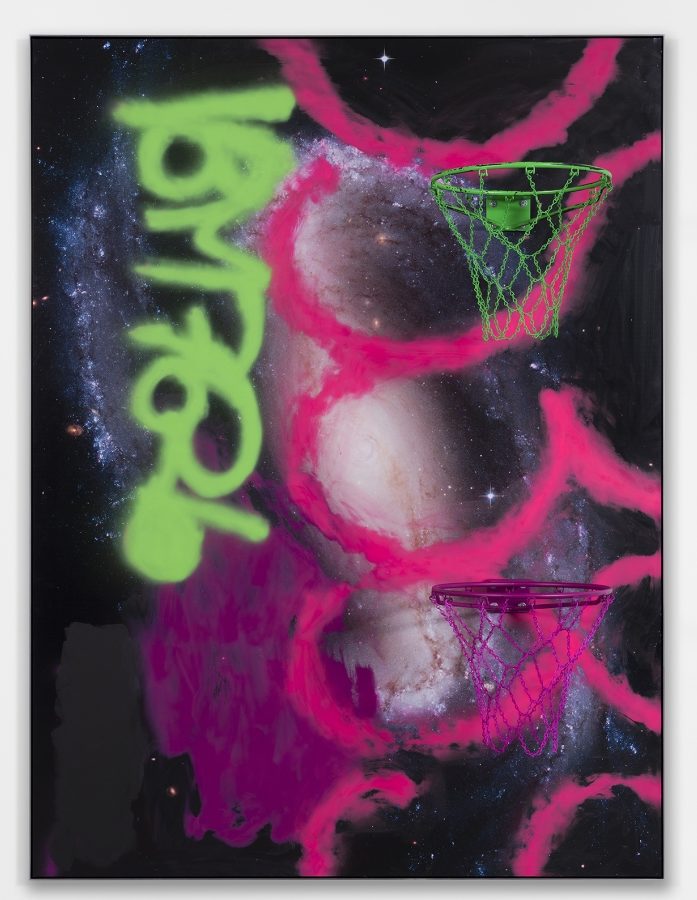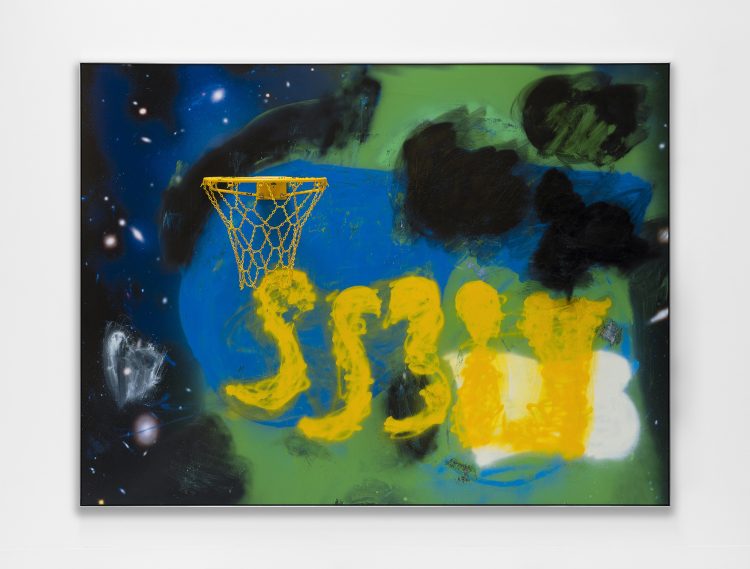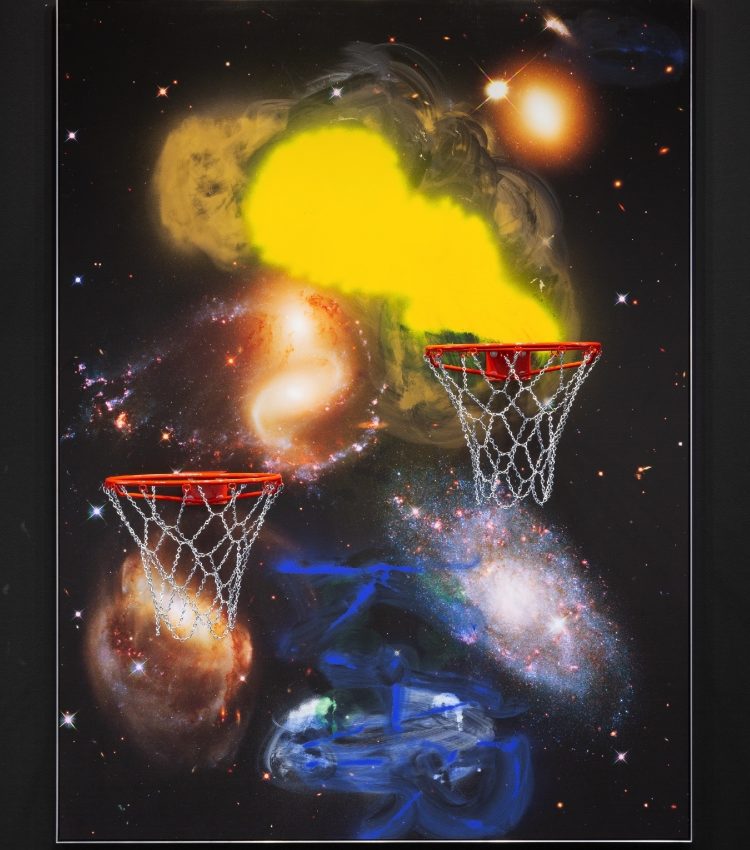Jan 27 - Apr 6
09:30 - 17:30
Location
Ben Brown Fine Arts
Are we seeing anything new? The chameleonlike creative force that is Awol Erizku suggests we aren’t. His processed take on cultural symbology proposes that we use and reuse the familiar to situate ourselves in the world, but to what end? Instagram likes and the stacking of ‘influence’? It might be that Erizku’s work is a form of aggregated and pointed cultural portraiture. A piece in the New York times suggests he’s pushing cultural identity, specifically blackness, away from a flat tropism (black figuration) into multidimensional areas but arguably this is a conversation between buyers and gallerists whose focus on figurative works marked a trend in collecting rather than an actual summation of cultural representation. Where are the silences, the abstruse methods, the voices against the grain? To his fans the answer is already ‘here it is!’ For others, the questioning might start with how artists like David Hammons, Tavares Strachan, Hew Locke or the ubiquitous Theaster Gates have covered similar topics and where Erizku’s vision finds its own patch of sky. Erizku has amassed an enviable cultural cache in contemporary art and tantalisingly there is a promise here that he might be turning it against itself.

Awol Erizku, No Hesi, 2022
Awol Erizku Exhibition info:
Erizku is distinguished for his unique visual language and distinctive iconography that address issues of race, identity, politics and cultural history, while drawing from references spanning urban culture to the art historical canon. In his practice, Awol is creating a new vernacular that bridges the gap between African and African American visual culture, referencing art history, hip hop and spirituality, amongst other subjects, in his work. Erizku brings high concept to commercial photography highlighting cultural and creative leaders for publications such as The New Yorker, New York Magazine, GQ and Vanity Fair, Some familiar works include Girl With a Bamboo Earring, a photo of his sister that recalls the classic portrait by Vermeer to the portrait of Amanda Gorman featured on the cover of TIME Magazine.
- Cosmic Drill features large-scale mixed media paintings and a seminal marble sculpture.
- The exhibition will also be accompanied by a conceptual mix-tape produced specifically for the exhibition by the artist.
- The paintings are made upon industrial aluminium surfaces directly emblazoned with photographic imagery that includes pictures of the cosmos captured by NASA’s Hubble Space Telescope and exposed parts of photographic film, taken from the 35mm camera Erizku uses to document his daily studio activities.
- These paintings are also influenced by neighbourhood tags – graffiti artist territory-marking ‘signatures’ – seen across LA’s public spaces and walls. These are often ‘cleaned up’ with mismatched paint or removed with a buffing process, an aesthetic alluded to in the brightly spray-painted sections of these new works.
- Also included is the totemic sculpture Head Crack (Stack or Starve), comprising three large-scale, stacked dice rendered from Black Absolute granite, Verde Malachite marble and a Red Jasper from Madagascar, making up the colours of the pan-African flag and signifying the ‘game of luck’ that is life.
- Awol Erizku received a Bachelor of Fine Arts from The Cooper Union, NY, and a Master of Fine Arts from the Yale School of Art, New Haven, CT – where he was taught and influenced by Richard Prince, who was one of his tutors.
- Erizku’s work has been exhibited at prominent institutions including the Museum of Modern Art, New York; The Studio Museum in Harlem; Museum of Contemporary Art, Toronto; and FLAG Art Foundation, New York.
- His photographs of cultural and creative leaders have been featured in the New Yorker, New York, GQ, and Vanity Fair – in recent years he has gained particular notoriety for his portraits of mainstream figures including American poet Amanda Gorman, who he shot for the cover of TIME Magazine (2021).

Awol Erizku, PTSD, 2022
Reference:
www.nytimes.com/2022/03/08/arts/design/awol-erizku-beyonce-photographer-gagosian.html

Awol Erizku, The Recipe (KAR), 2022
















